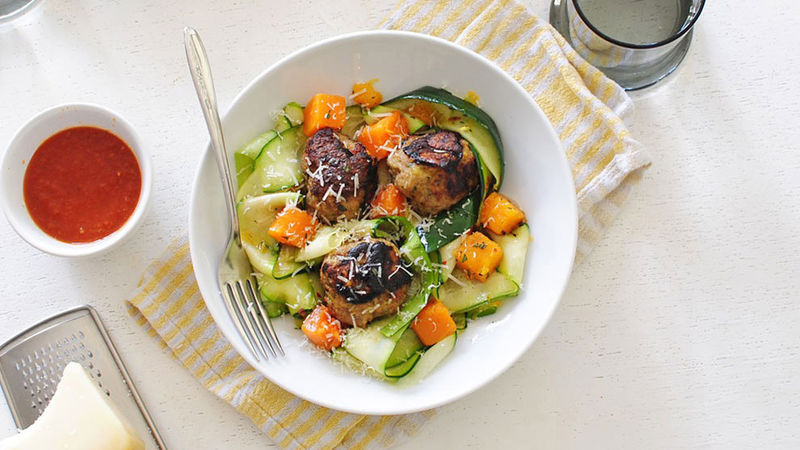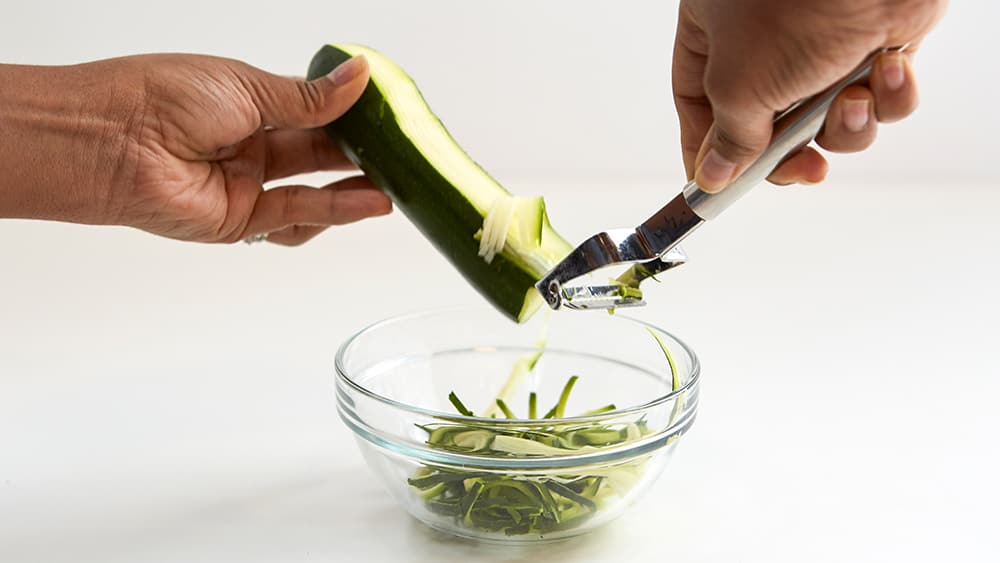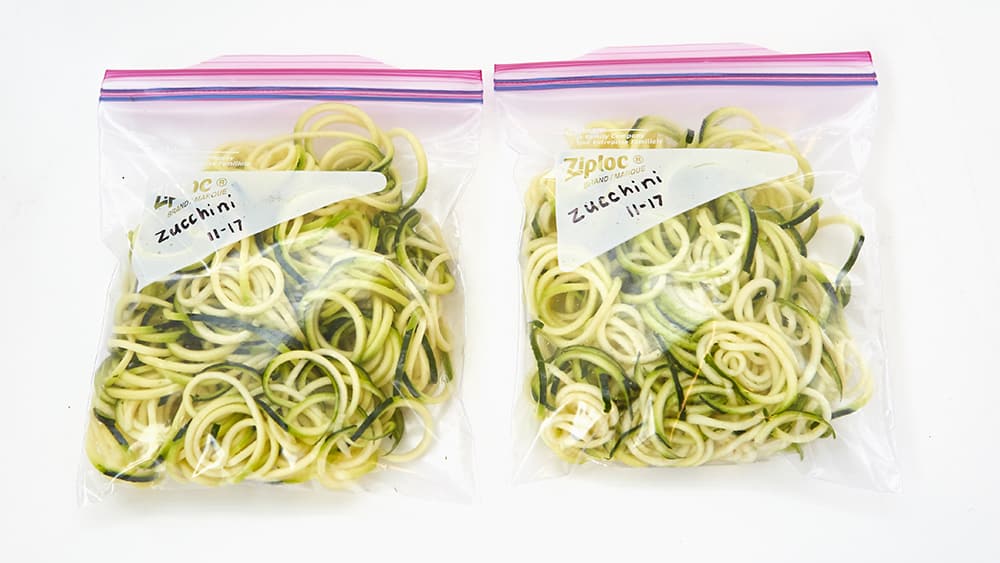(function() {
document.addEventListener('DOMContentLoaded', function() {
var componentMetadata = JSON.parse('\x7b\x22componentName\x22\x3a\x22ActionToolbar_d4f0b4cc-dd76-4537-857b-56997525ceb8\x22,\x22deferOptions\x22\x3a\x7b\x22deferComponent\x22\x3atrue,\x22deferType\x22\x3a\x22OnDemand\x22,\x22deferId\x22\x3a\x22r8ff7fef2a0e846558cb11d6ab75fb200\x22,\x22deferredContainerId\x22\x3a\x22\x2ffloatingActionToolbar\x2ffloatingActionToolbar_Interop\x22,\x22deferredContainerView\x22\x3a\x22InteropDeferWrapper\x22\x7d,\x22viewName\x22\x3a\x22ActionToolbar\x22\x7d');
var configuration = {"contentId":"eb9450d2-b09f-4ab6-8ab4-290735927bbc","toolbarSettings":{"id":"d4f0b4cc-dd76-4537-857b-56997525ceb8","regAction":"FAVORITE","eSourceCode":16797,"namePassedToEvents":"ArticleStandardLongFormToolbar","buttons":[{"providerName":"pinterest","providerNamePassedToEvents":"Pinterest","shareUrlFormat":"//pinterest.com/pin/create/link/?url={0}","id":"76def9a1-42e6-4e8d-b963-2bb41556cef1","allowedForAnonymousUsers":true,"type":"Social","displayName":"Pinterest","toggleDisplayName":"","namePassedToEvents":"Pinterest","cssClassName":"atButtonPinterest","privacyOptOutMessage":"\u003cdiv class=\u0027privacyMessage\u0027\u003e\n\u003ch3\u003eThis feature is not available with your current cookie settings.\u003c/h3\u003e\n\u003cp\u003eYou can \u003ca href=\u0027#\u0027 data-show-preference-center=\u00271\u0027\u003eupdate your privacy settings\u003c/a\u003e to enable this content. Please enable “Functional Cookies” to use this feature.\u003c/p\u003e\n\u003c/div\u003e","showPrivacyOptOutMessage":false},{"addFavoriteErrorMessage":"Sorry, something went wrong. Please save again.","removeFavoriteErrorMessage":"Error occurred while removing from favorites","regAction":"FAVORITE","eSourceCode":16797,"isCurrentUserAnonymous":false,"isFavoriteItem":false,"id":"718b4e01-b2be-40cf-8f0c-bca3b01db0ed","allowedForAnonymousUsers":false,"type":"Favorite","displayName":"Save","toggleDisplayName":"Saved","namePassedToEvents":"Favorite","cssClassName":"atButtonFavorite","privacyOptOutMessage":"\u003cdiv class=\u0027privacyMessage\u0027\u003e\n\u003ch3\u003eThis feature is not available with your current cookie settings.\u003c/h3\u003e\n\u003cp\u003eYou can \u003ca href=\u0027#\u0027 data-show-preference-center=\u00271\u0027\u003eupdate your privacy settings\u003c/a\u003e to enable this content. Please enable “Functional Cookies” to use this feature.\u003c/p\u003e\n\u003c/div\u003e","showPrivacyOptOutMessage":false},{"providerName":"facebook","providerNamePassedToEvents":"Facebook","shareUrlFormat":"//facebook.com/sharer/sharer.php?u={0}","id":"efdb520e-282a-4ae1-8a04-1d444442d622","allowedForAnonymousUsers":true,"type":"Social","displayName":"Facebook","toggleDisplayName":"","namePassedToEvents":"Facebook","cssClassName":"atButtonFacebook","privacyOptOutMessage":"\u003cdiv class=\u0027privacyMessage\u0027\u003e\n\u003ch3\u003eThis feature is not available with your current cookie settings.\u003c/h3\u003e\n\u003cp\u003eYou can \u003ca href=\u0027#\u0027 data-show-preference-center=\u00271\u0027\u003eupdate your privacy settings\u003c/a\u003e to enable this content. Please enable “Functional Cookies” to use this feature.\u003c/p\u003e\n\u003c/div\u003e","showPrivacyOptOutMessage":false},{"templateId":"ec5776a6-84cf-4f91-ba79-ace5d6ae2fa2","dialogHeading":"Email Article","emailCode":"TBSP_ContentEmail","dialogSettings":{"cancelButtonText":"Cancel","copyToSenderLabel":"Send a Copy to Myself","emailAddressesLabel":"* Email Address(es)","emailInstructionText":"Separate email addresses with commas","fromText":"From:","privacyPolicyText":"\u003cp\u003e\u0026copy;2025 General Mills, Inc. All Rights Reserved. This information will only be used to send an email to your friend(s) and will not be saved. Please read our \u003ca rel=\u0022noopener noreferrer\u0022 rel=\u0022noopener noreferrer\u0022 href=\u0022http://www.generalmills.com/company/privacy-policies/privacy-policy-us\u0022 target=\u0022_blank\u0022 shape=\u0022rect\u0022\u003ePrivacy Policy\u003c/a\u003e.\u003c/p\u003e","requiredFieldText":"* Required","sendButtonText":"Send","senderEmailAddressLabel":"* Your Email Address","senderFirstNameLabel":"* Your First Name","sendToText":"Send To:"},"id":"1b476610-b2bd-4a56-ba87-47a4798f6dcb","allowedForAnonymousUsers":true,"type":"Email","displayName":"Email","toggleDisplayName":"","namePassedToEvents":"Email","cssClassName":"atButtonEmail","privacyOptOutMessage":"\u003cdiv class=\u0027privacyMessage\u0027\u003e\n\u003ch3\u003eThis feature is not available with your current cookie settings.\u003c/h3\u003e\n\u003cp\u003eYou can \u003ca href=\u0027#\u0027 data-show-preference-center=\u00271\u0027\u003eupdate your privacy settings\u003c/a\u003e to enable this content. Please enable “Functional Cookies” to use this feature.\u003c/p\u003e\n\u003c/div\u003e","showPrivacyOptOutMessage":false},{"layoutParameter":"p%3d1","id":"ab4bf4fc-919a-4252-81ca-c39edb8eadf0","allowedForAnonymousUsers":true,"type":"Print","displayName":"Print","toggleDisplayName":"","namePassedToEvents":"Print","cssClassName":"atButtonPrint","privacyOptOutMessage":"\u003cdiv class=\u0027privacyMessage\u0027\u003e\n\u003ch3\u003eThis feature is not available with your current cookie settings.\u003c/h3\u003e\n\u003cp\u003eYou can \u003ca href=\u0027#\u0027 data-show-preference-center=\u00271\u0027\u003eupdate your privacy settings\u003c/a\u003e to enable this content. Please enable “Functional Cookies” to use this feature.\u003c/p\u003e\n\u003c/div\u003e","showPrivacyOptOutMessage":false}],"isSticky":true},"userSettings":{"isCurrentUserAnonymous":true,"isFavoriteItem":false,"isAnonymousUserWithFavorites":false},"pageAttributes":{"url":"https%3a%2f%2fwww.tablespoon.com%2fmeals%2fhow-to-make-zucchini-noodles","contentId":"eb9450d2-b09f-4ab6-8ab4-290735927bbc"},"recaptchaPublicKey":"6LfW_icUAAAAAL_CG700pddUxLNYIxgRJe3vOg2Z"};
var moduleName = 'actionToolbar';
var isVueModule = true;
GeneralMills.PandoSites.RegisterControlInstance(moduleName, configuration, componentMetadata, isVueModule)
});
})();
What’s a Zoodle?
A zoodle is a reminder that with a little ingenuity, we humans are capable of great things – great things like low-carb pasta dinner.
Technically, “zoodle” is short for zucchini noodle, and it’s a cut of zucchini that is thin enough to act in place of traditional pasta or other carbs in a dish. Veggie noodles can be made from lots of different types of vegetables. Spiralized sweet potatoes are known as “swoodles.” Spiralized carrots are called “coodles.” Basically, if the vegetable is rigid and can hold its shape when thinly sliced, it’s bound to have a cute name ending in “oodle.”
How to Make Zoodles with Different Kitchen Tools
How to Make Zucchini Noodles with a Spiralizer
There is seriously no faster way to process fresh vegetables than with a spiralizer. Once you get your spiralizer set up, you can transform a whole zucchini into a pile of noodles in about 10 seconds.
- Trim off the rounded ends of the zucchini.
- Press one flat end against the spiked surface attached to the handle and the other flat end flush against the blade.
- Start cranking, moving the sliding handle piece closer to the blade as you go. Piles of fresh vegetable noodles will come out the other side.
Most spiralizers come with multiple blade shapes. In addition to the round- and triangle-cut blades used to make “spaghetti,” spiralizers often come with a ribbon-cut blade that makes wide, flat “fettucine” noodles:

A few tips for getting the best results with your spiralizer:
- The smooth motion of a spiralizer blade will create long continuous noodles—we’re talking multiple feet long—before you know it. For a length more similar to spaghetti noodles, cut larger zucchini into shorter sections before spiralizing. You could also stop every so often and cut the noodles as you go.
- The suction cup under your spiralizer will adhere best to a clean counter. If there’s any oil or crumbs on the surface, the motion of the spiralizer may cause the suction cup to loosen or release as you go.
- Rinse your blade immediately after you finish to remove any pieces of vegetable or peel. The blades are usually dishwasher safe, but once a piece of zucchini peel has dried onto the steel, it can outlast a dishwasher cycle.

How to Make Zucchini Noodles with a Julienne Peeler
Another way to make zucchini noodles is with a piece of kitchen equipment called a julienne peeler. If you have a small kitchen and want to save space or want to experiment a bit with veggie noodle recipes before taking the plunge and purchasing a countertop spiralizer, this is a great tool. Like the name suggests, it’s a vegetable peeler with a special blade that cuts vegetables into very thin (“julienne”) strips as you go.
While a countertop spiralizer can create long noodles from even small vegetables because of its spiral motion, the noodles you get from a julienne peeler will only be as long as the vegetables you start with. We bought zucchini that were about 5-6 ounces in weight, which yielded strips around 6 inches long. Those crazy-big garden zucchini you see in the summer would give you extra long noodles perfect for twirling (and twirling, and twirling) around a fork.
How Many Zoodles Does One Zucchini Yield?
A common question about spiralizing is how much “pasta” one zucchini yields. That definitely depends on what you’re starting with, so your mileage will vary. Generally speaking, one medium zucchini (5- to 6- oz.) will yield about a cup and a half of zoodles.
How to Make Zoodles Less Watery
When cooking with zoodles instead of regular pasta, you’re going to run into some moisture issues. Regular pasta is dry. Zucchini is a vegetable that is full of water. If you’re wondering how to make zucchini noodles less watery or how to get water out of them so they don’t desaturate the dish you’re trying to make, here’s a trick: after you’ve spiralized the zucchini, place the zoodles in a clean kitchen towel and give them a gentle squeeze. It’s also important to note that when you spiralize your zucchini in-home, you’ll end up with a drier zoodle than if you were to go the store-bought route.
How to Store Spiralized Zucchini Noodles

After you’ve turned vegetables into noodles like some sort of wizard, divide your zoodles into storage bags or containers. We like to do this based on how much you’ll need for recipes (either by cup or by number of zucchini in each bag). Zoodles are almost always cooked in liquid, so it’s okay if a little moisture collects inside a sealed bag during the week, but you can also place a folded-up paper towel inside each bag to absorb that extra moisture if you prefer.
Freezing Zucchini Noodles
Can you freeze zucchini noodles? No one’s going to stop you, but the taste and texture of your zoodles will fare better if they’re stored in the refrigerator and not the freezer. However, if you’re going to freeze, blanch before! Blanching is a technique where you briefly boil vegetables (around two minutes), drain them, then immediately chill them in an ice water bath. The technique doesn’t cook the food through, but it sets color and texture. After you’ve blanched the zoodles, shake off as much excess water as you can, transfer them to a large sheet pan that allows for lots of breathing room, and leave in the freezer until frozen. Once frozen, you can transfer them to an air-tight bag.
More Veggie Noodle Recipes
Now that you’re a zoodle master, you can move onto spiralizing other veggies. Carrots, cucumbers and apples taste great in salads, and sweet potato and butternut squash noodles make a terrific base for many pasta sauces. Or spiralize regular potatoes and cook in oil for homemade shoestring fries. There’s really no limit!
Knowledge is power! Let Tablespoon teach you how to cook.